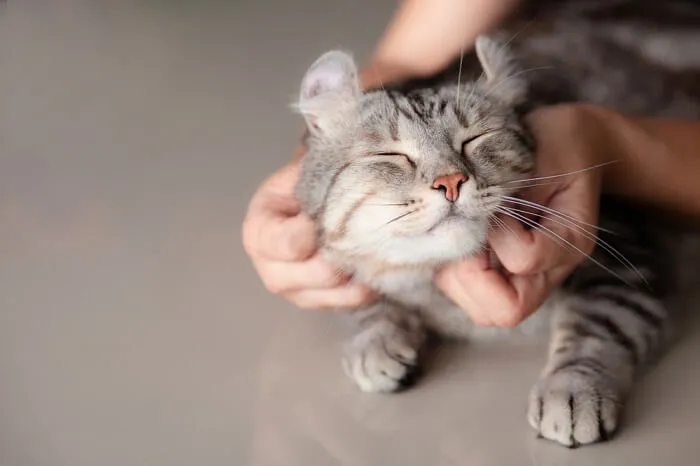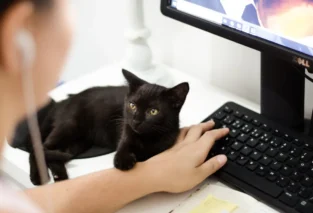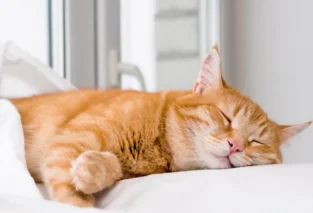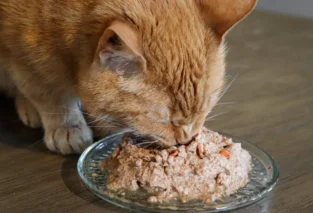When you first pictured adopting a cat, you may have had soothing thoughts of purr-filled cuddle sessions on the couch. In reality, your attempts to pet your cat are sometimes met with scratches, tail swishes, and nips.
Why, oh why, can it be so hard to pet some cats? There are a few reasons—some may be temporary and some may be unique to your cat. But there are some important things to learn about your cat that will make it easier to know how much affection they want and when to give it.
Not All Cats Like Affection
A desire for affection often depends on the socialization and handling your cat experienced as a kitten. Oftentimes we don’t know our cat’s history and can’t impact how they were brought up prior to adoption day.
If you’re adopting a new cat, you can ask the adoption center if they know anything about your potential cat’s history. Ask if the cat had positive handling as a kitten or if they have been especially fearful in the shelter. This information may help you determine which cat is right for you.
Genetics also affect how much a cat wishes to interact. Some kittens are born to very shy mothers who fear people and this can be passed on to her kittens. Being gentle and taking things slow is important for adopting a shy cat or kitten. One study showed that bold fathers were more likely to have bold kittens. Those kittens are more likely to be outgoing, adventurous, and less fearful of interactions with people.
DO: Find out about your cat’s history if you can. If they’ve been handled gently since a young age, they’re more likely to enjoy petting. And if your cat has a gregarious dad, they are more likely to be outgoing too.
DON’T: Expect all cats to have the same personality. Not all cats enjoy affection from strangers or even from familiar people. Be patient and take the time to learn how they want to interact.
Feline Moods and Needs Can Change
Behavior is influenced by genetic background, previous experiences, and current circumstances. If a cat is squeezed too tight or is harmed during petting, they will be nervous and avoid that situation again. Repeating this pattern is even more likely to result in fearful and aggressive behaviors in cats.
Handling cats gently and carefully helps us avoid unpleasant situations for them. And cats’ moods can change. Sometimes an affectionate cat may just not want to be petted, just like we sometimes don’t care to be touched.
A cat who enjoys being petted is more likely to approach, lean into the scratches, and rub scent glands from their face onto your hand. They may show bunting, kneading, and purring. Cats may also turn for long strokes along their back or scratches near the base of the tail.
Some cats avoid human interaction, show nervous behavior, or make aggressive displays. Why? They just don’t want to snuggle right now and would rather enjoy some playtime or relax on their own instead. Factors affecting a cat’s current behavior may include their environment, hunger or thirst, illness or discomfort, or just being tired and ready to sleep.
DO: Pay attention to your cat’s mood and current needs. Are they leaning into your pets and rubbing on your legs? Or do they scoot further away each time you pet them?
DON’T: Force affection onto a cat who clearly doesn’t want it. This will only cause them to be more fearful of you approaching in the future.
Where Do Cats like to Be Pet?
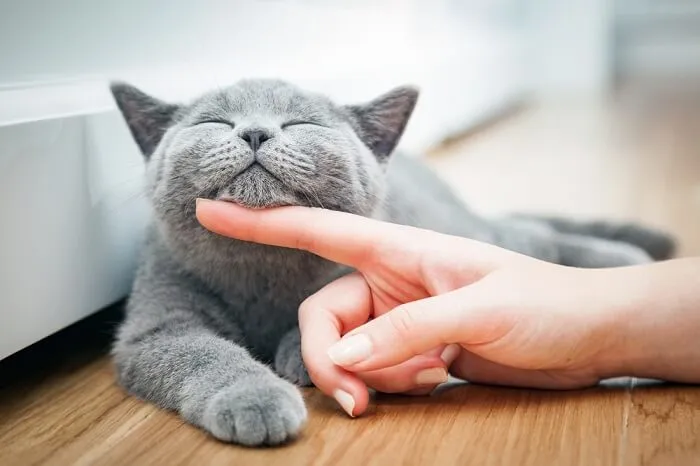
Many cats enjoy being petted underneath their chins and in other areas around the face.
Some people make the mistake of thinking cats are like dogs and enjoy any affection they can get. While many dogs like a good belly rub, for example, it is off-limits for most cats and may lead to bites and swipes.
Cats are more likely to enjoy scratches near the sweet spots: under the chin, around the back of the ears, sometimes the top of the head, and long strokes along the back of the body. This doesn’t mean they will be comfortable with just anyone giving them scratches, just as we won’t feel comfortable being hugged by strangers on the street.
When it comes to being held, some cats don’t mind being held briefly, others may even like it, and some cats always hate to be picked up. You’ll know which type your cat is—respect your cat’s boundaries.
My cat allows me to pick her up, but only if I keep her upright. This is the case for many cats—being upside down or having their bellies exposed is a very vulnerable position for them.
Listen to Your Cat’s Body Language

Some cats enjoy lengthy cuddle sessions and others prefer a brief cordial pat. My cat loves affection—but on her terms only. She will come to sit on my lap and I’m allowed to pet her head and back. When she is done, her tail will flick quickly and she will give me a look that says, “Please stop or prepare to be nipped!”
Paying attention to body language like a stiffened body, shifting weight away, or a tail beginning to twitch tells you that your cat has had enough for now. There is nothing wrong with this behavior at all. It is no indication that your cat is mean or doesn’t like you. Just tune in to their preferences and your mutual trust will continue to grow.
DO: Offer scratches around the head, base of the ears, and under the chin. Stop before your cat becomes agitated. Short and sweet is always better than drawn out and annoyed.
DON’T: Assume an aloof cat is a bad cat—all cats are good cats. Some take time to warm up to new friends, while others are set in their unique ways.
Lastly, if you notice a change in your cat’s behavior during a petting session, i.e., she usually enjoys pats but now appears painful, agitated, or avoids contact, there may be something more going on, and you should get in touch with your vet.
